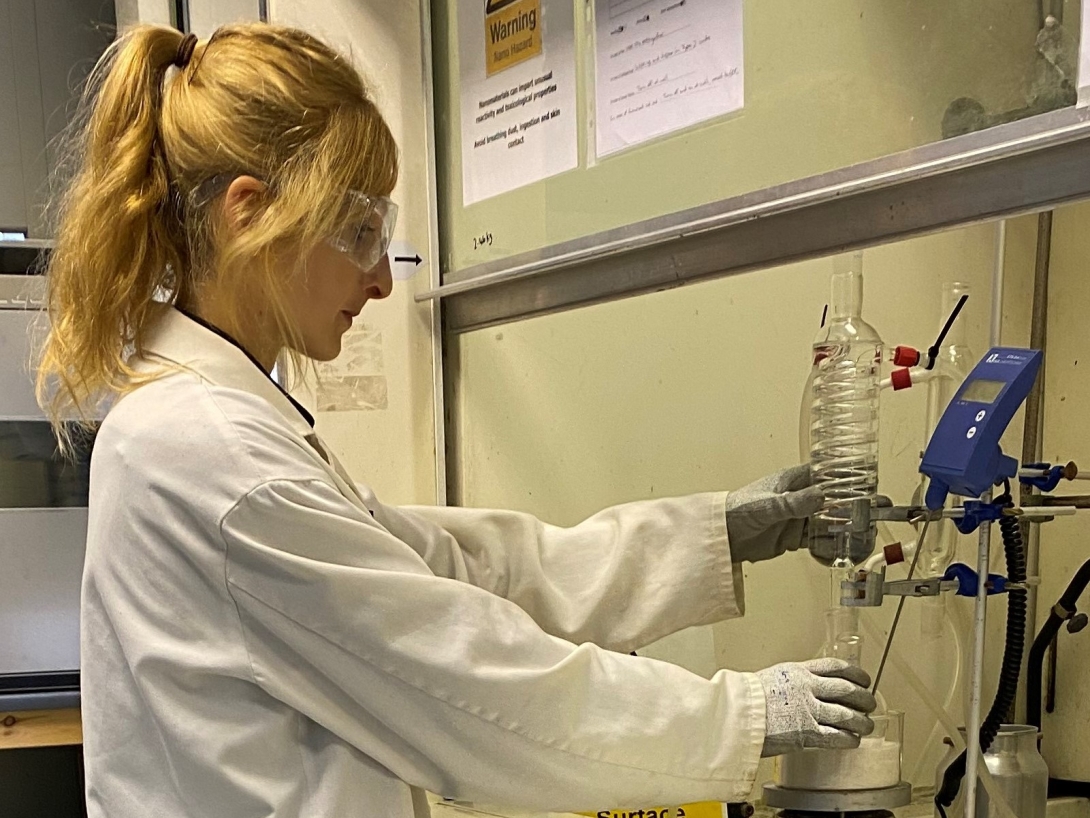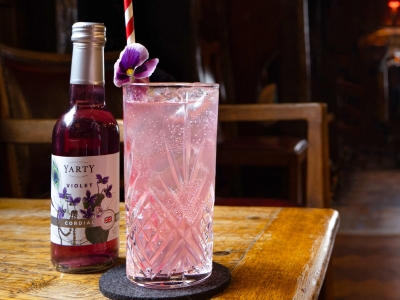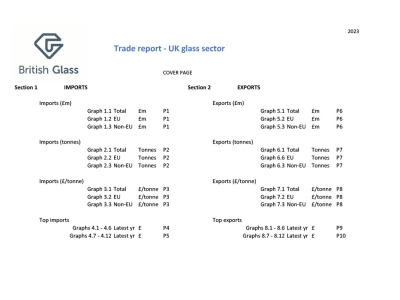
The NSG Group, parent company to British Glass member Pilkington UK Ltd, is fast tracking its research into producing glass with an antiviral coating as it looks to find new ways of reducing the transmission of viruses within buildings and transport.
Research into anti-microbial glass was already at an advanced stage prior to the COVID-19 pandemic but the outbreak has made it a key priority for the business’ UK research and development (R&D) team based in Lathom, Lancashire.
Its work has been supported by a grant from Innovate UK, as part of its £40 million of funding to help drive forward technological advances which address new challenges from COVID-19.
The team is studying how coatings can effectively reduce viral loads on a glass surface. According to the World Health Organization (WHO), coronaviruses can live on surfaces anywhere from two hours to nine days. The survival time depends on a number of factors, including the type of surface, temperature, relative humidity and specific strain of the virus.
A glass with antiviral properties is expected to help control viruses in areas like shopping centres, hospitals, care homes, schools and public transport. It will also help to make touch screen devices safer. As part of the research, Pilkington United Kingdom Limited is looking at how an antiviral layer can be combined with other functionality glass, such as solar control to further extend its applications.
Dr Neil McSporran, global portfolio manager at NSG Group said: “Curbing the transmission of viruses will be a priority for those who design and manage buildings and transportation for years to come, not least until a vaccine for COVID-19 is found.”
“Reducing infection via surfaces that the virus lives on will be an important part of any strategy organisations have to control the virus. This is where antiviral glass would play an important role in reducing the spread of a virus – limiting viral load on high-touch surfaces, like the inside of a bus window or a shopping centre door.”


